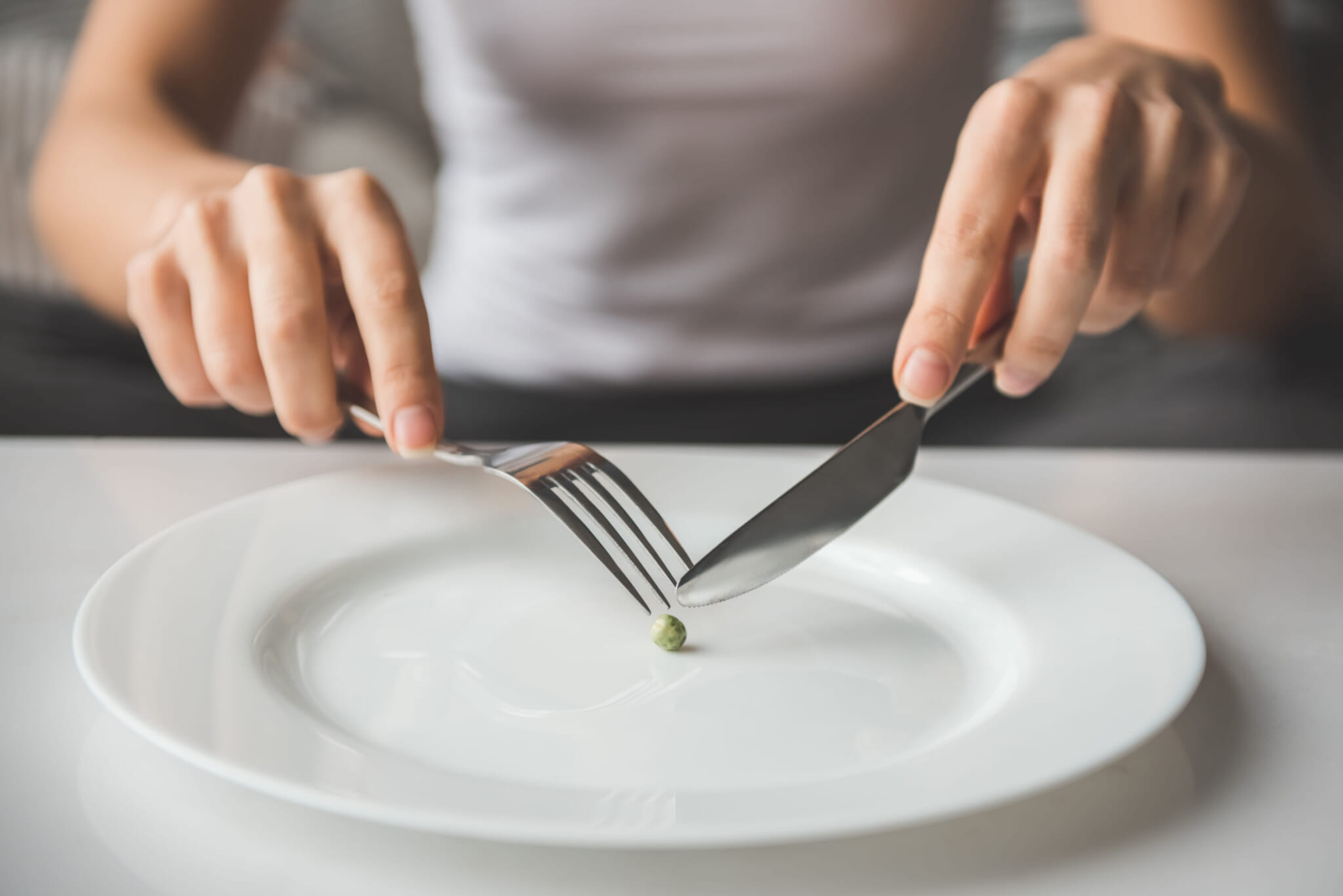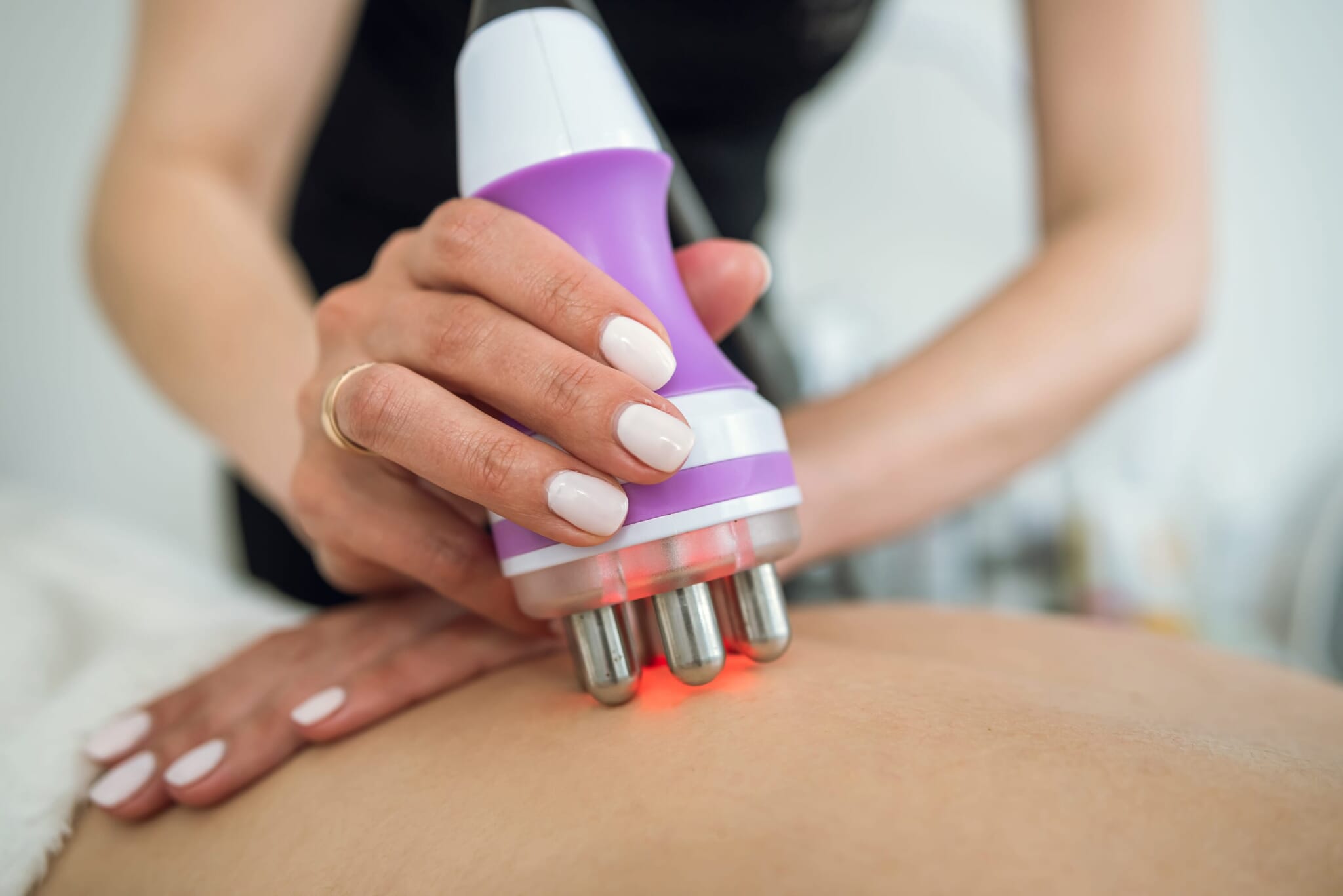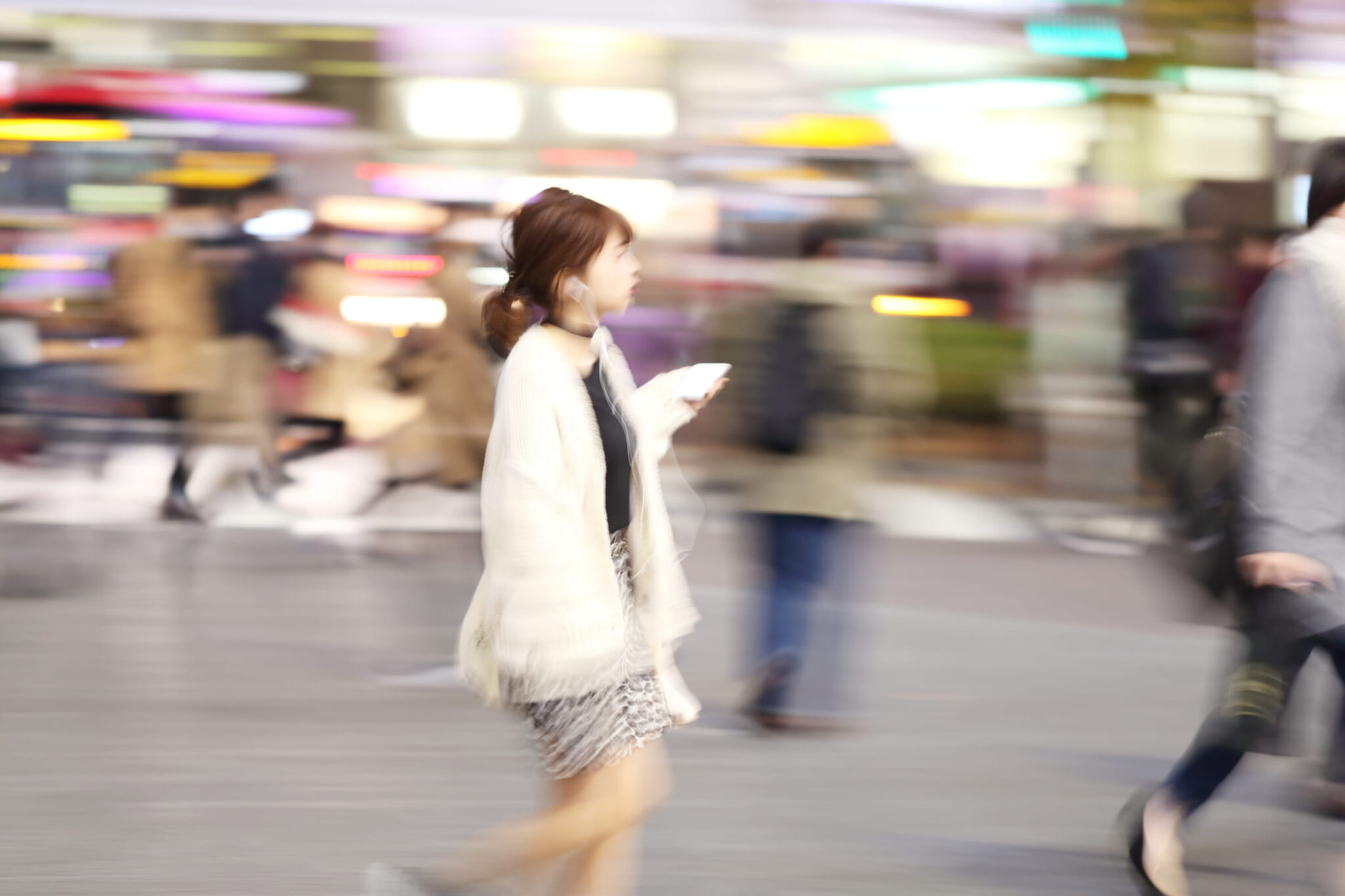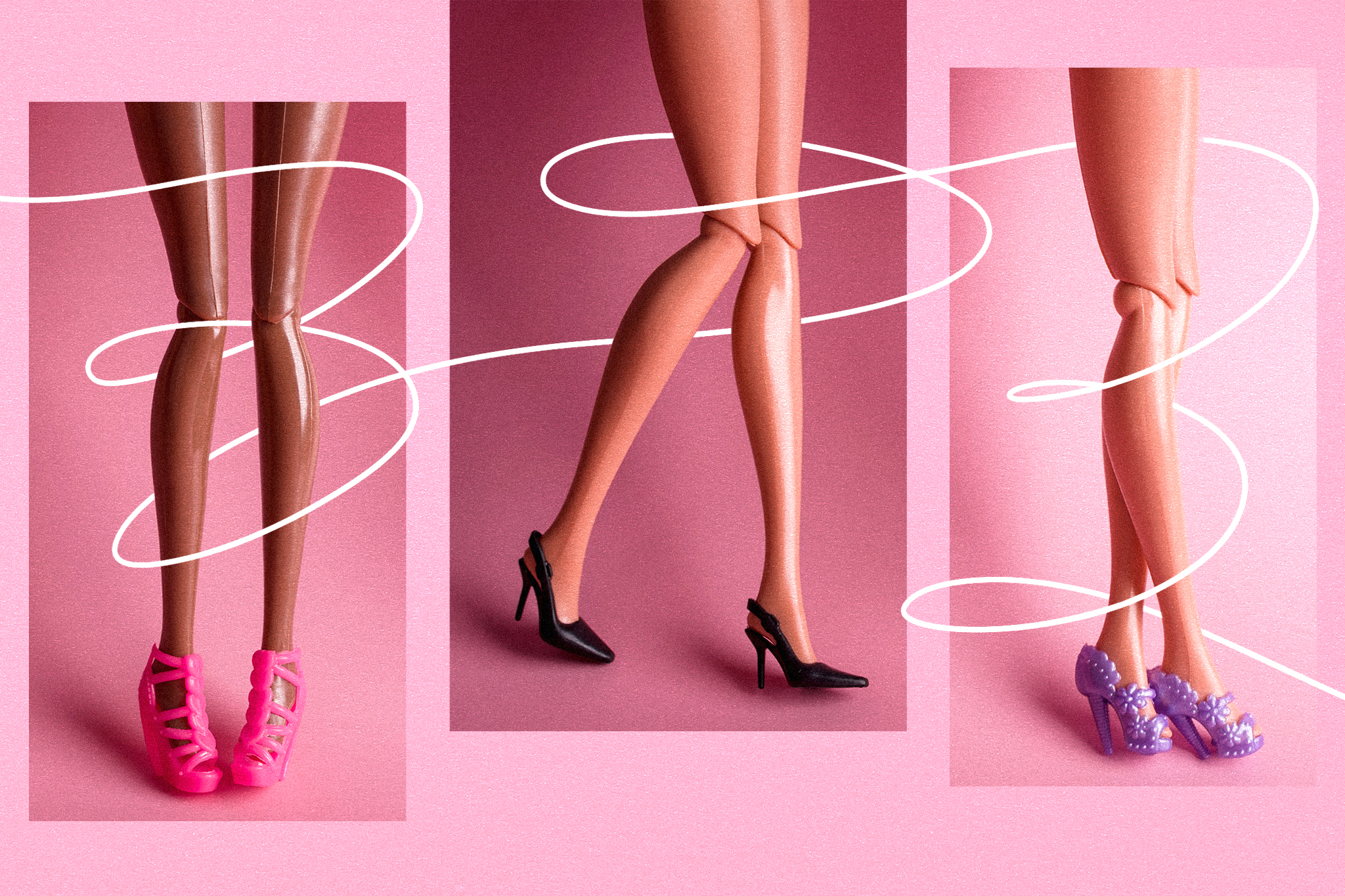As far as I can remember, I would return to Japan from a foreign country and be hit with the same reverse culture shock: everyone here is so darn skinny.
Japanese people being quite thin is no secret, and it’s attributable to Japan’s healthy diet and lifestyle, as well as genetics. With balanced meals comprising seasonal fish, meats and vegetables, and a habit of walking everywhere in the big cities, it makes sense that Japanese people are generally leaner than Westerners. What also looms large, though, is the sheer pressure to be thin in Japan. From the sly comments about weight to aesthetic salons at every corner of Tokyo, diet culture can be exhausting and harmful, particularly for young women. So, what is the culture around dieting in Japan? And what harm does it cause?

The Skinny Truth
According to the 2019 Japanese National Health and Nutrition survey, 11.5% of Japanese women are underweight, compared to 1.8% in the U.S. More significantly, though, is that 20% of Japanese women in their 20s are underweight. Leanness is applauded in modern culture, but it’s not always as sexy or healthy as advertised. Being underweight comes with risks of malnutrition, muscle and bone decay, lower immunity, and for people with uteruses, the possibility of becoming less fertile. If one in five Japanese women are underweight, this is a major health concern for the country.

Body Talks
In Japan, there’s a shocking amount of discourse around the desire to be thin. It’s normal for girls to talk about wanting to go on a diet, and men sometimes include their height and weight in social media bios. Whereas in Western cultures, curves are increasingly deemed as attractive, in Japan, many people still seem to believe that being thin is synonymous with beauty. It’s particularly disturbing to see young girls, from as early as junior high, expressing a need to go on a diet or skip meals.
Although there have been improvements in the last decades, having your weight pointed out is a common occurrence in Japan. If you’ve rounded around the edges you might be given some concerned looks, or showered with compliments if you’ve shed a few pounds. Not only is physical appearance an unreliable metric for health, unprompted talk about one’s body produces unnecessary anxiety to stay lean. For growing girls, the emphasis on being thin gives them the false impression that their value and importance is dependent on them keeping up their appearance. Societal expectations then bleed into personal value systems, perpetuating the cycle of gauging others and their body weight.
In Western cultures, there has been more discourse about how pointing out people’s weight, or even talking about a desire to lose weight, is taboo. In an era of body positivity, people are recognizing that there is so much more to beauty than being smaller and that discussing diets around people with eating disorders can be triggering. However, in Japan, it’s socially more acceptable to talk about people’s weight.
In Japanese dramas or anime, it is rare to see anything but model-skinny characters. A lot of comedians on Japanese variety television use their chubbiness as a punchline. Headlines were made when a curvier heroine graced the screen in the animated film Kin No Kuni Mizu No Kuni. The large ratio of underweight young women in Japan is certainly influenced by the fear and rejection of bodies with anything more than essential fat.

Aesthetic Salons and Fake News
While running around Tokyo, you might notice advertisements for “aesthetic salons.” Pronounced esute, these are establishments with non-surgical beauty procedures, like laser hair removal, aromatic massages, facials and dieting machines. It is a whopping $4 billion industry, and wide-spread among Japanese clients.
The allure of esute is that they claim to be able to spot-reduce fat, so if you want to just drop some belly fat without losing your breasts, according to these salons, you can.
What is scary about esute is the information they give. Are the explanations regarding weight loss and fat loss accurate? Claiming that their machines can directly kill fat cells and will rid that stubborn thigh fat for good, the information spread by these establishments sounds a little too good to be true.
Many esute facilities say cellulite is a result of toxins and excess water building up around fat cells, which harden and make certain areas of the body harder to shed fat. The Mayo Clinic website explains, however, that there is little known about the causes of cellulite, although it is formed by “fibrous connective cords that tether the skin to the underlying muscle, with the fat lying between.” With such vastly different explanations of cellulite, it’s confusing to figure out what exactly is true or effective.
That’s not to say that esute businesses are not effective. In fact, some people have sworn that the only way they were able to lose weight was via these companies. However, a lot of research has been done on esute machines, with varying results, most claiming fat loss results are temporary at best. Regardless of whether the machines at these salons are actually effective, having accountability and staff that gauge your weight-loss journey can be helpful.
That said, a lot of esute salons precisely take advantage of a customer’s insecurities to convince them to subscribe to their services. Many salons will take pictures, measure weight, body fat percentage and take measurements of your body to set tangible goals for their clients. Esute specialists will often explain that clients should aim for 18 to 22% body fat, explaining that 18% is a “beauty” standard and 20% is a “healthy” staandard. WebMD, however, claims women should aim for 21-32% body fat, far broader and higher than what esute companies preach. Anyone with a desire to lose weight, when receiving counseling at an esute salon, will be even further convinced of their necessity to lose weight, even if they are perfectly healthy.

Next Steps
Weight loss is certainly not a bad thing. At the end of the day, if people want to lose weight and live a happier, healthier lifestyle, that is a positive outcome. What is scary, is the necessity people feel to lose weight in Japan, and how normalized discussions of diets are.
Physically diminishing in size is a tangible reflection of Japan’s values — for good or for bad. So what is there to do? In the end, nothing will change unless public consensus on healthy weight becomes more open-minded. The beauty industry thrives on consumer insecurities. Companies target women who want to become close to “perfect” as physically possible. What we need to remember, though, is that there is no such thing as perfection.
Related Posts
- The Benefits and Challenges of Adjusting to a Japanese Diet
- Muscle Girls Bar Creates a Welcoming Space for Fitness Fans
- Sumo Training: How To Diet Like a Sumo Wrestler
Updated On April 30, 2024








